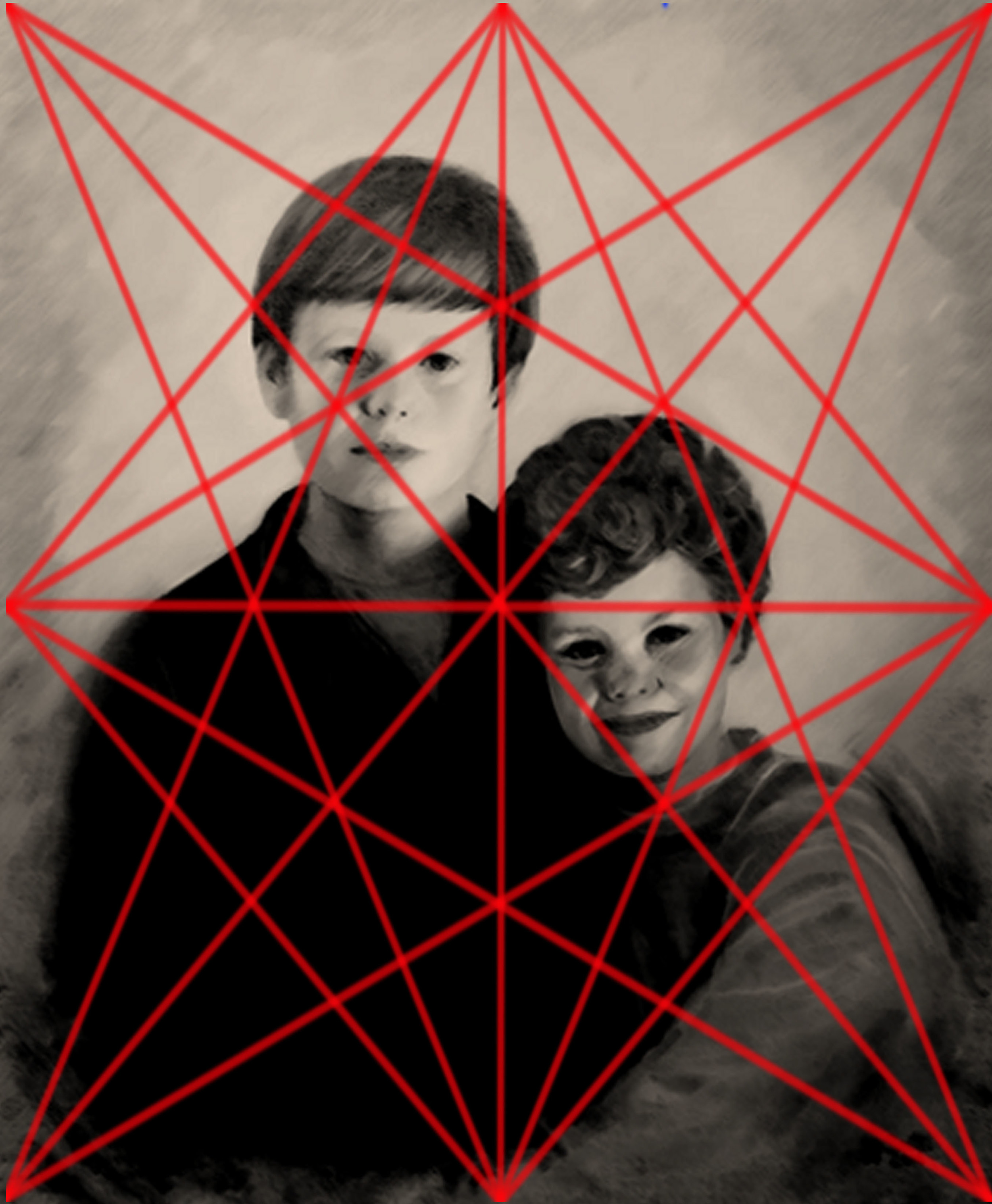ARCHITECT, ARTIST and mathematician L. B. Alberti in his book On Painting explains that composition is the second most important element of painting (drawing being the first). The design systems of the past were based on the profound study of nature, and nature’s obvious and efficient patterns which can be translated geometrically.
Pythagoras (560-480 BC), Greek philosopher and mathematician, was especially interested in how numbers connect to physical reality. His investigations led him to discover the pleasing tones which we call “harmonics” . Pythagoras’ discoveries of the harmonic proportions had a tremendous effect not only on music but on Greek art.
Every part of the ancient Greeks’ major buildings, down to the smallest detail of decoration, was constructed upon this proportion which became known as the Golden Ratio or Golden Section. The oldest examples of this principle; however, appear in nature’s proportions, including the morphology of pine cones, sunflower seeds, starfish and sea shells. The Golden Section is thought to offer the most aesthetically pleasing proportion and rhythm.
During the Renaissance the revival of interest in Classical work, led to profound studies of geometry and proportions. The work of Alberti was particularly important for artists of the time. Artists developed different techniques and geometrical design systems and tools to achieve harmonic or aesthetically pleasing compositions. For example, many artists used callipers to calculate and measure the golden section in their designs.
Of course, the use of the Golden Section or any other geometrical system does not guarantee that one’s work will be divinely inspired. Nature, behaves in a logical way and follows precise rules predetermined by its Creator. However, nature tempers the application of these rules with organic and skilful balance. Thus, the study and application of geometry can contribute to well thought and pleasing compositions. A good knowledge of these rules enables the artist to break them carefully to achieve a sought after effect, rather than painting haphazardly.
Before I think on the colours and even dare touch a brush, I consider the composition, looking at the placement and size of each element. I play about with sketches and try different options, using a variety of geometrical grids that help me see what the underlying structure, the lines that run through the composition guiding the eye, unseen but yet perceived by that part of our brain which is concerned with harmony, aesthetics and balance. Two of the grids I often use are shown below.
Variation of the Golden Ratio
Diamond armature of the rectangle




